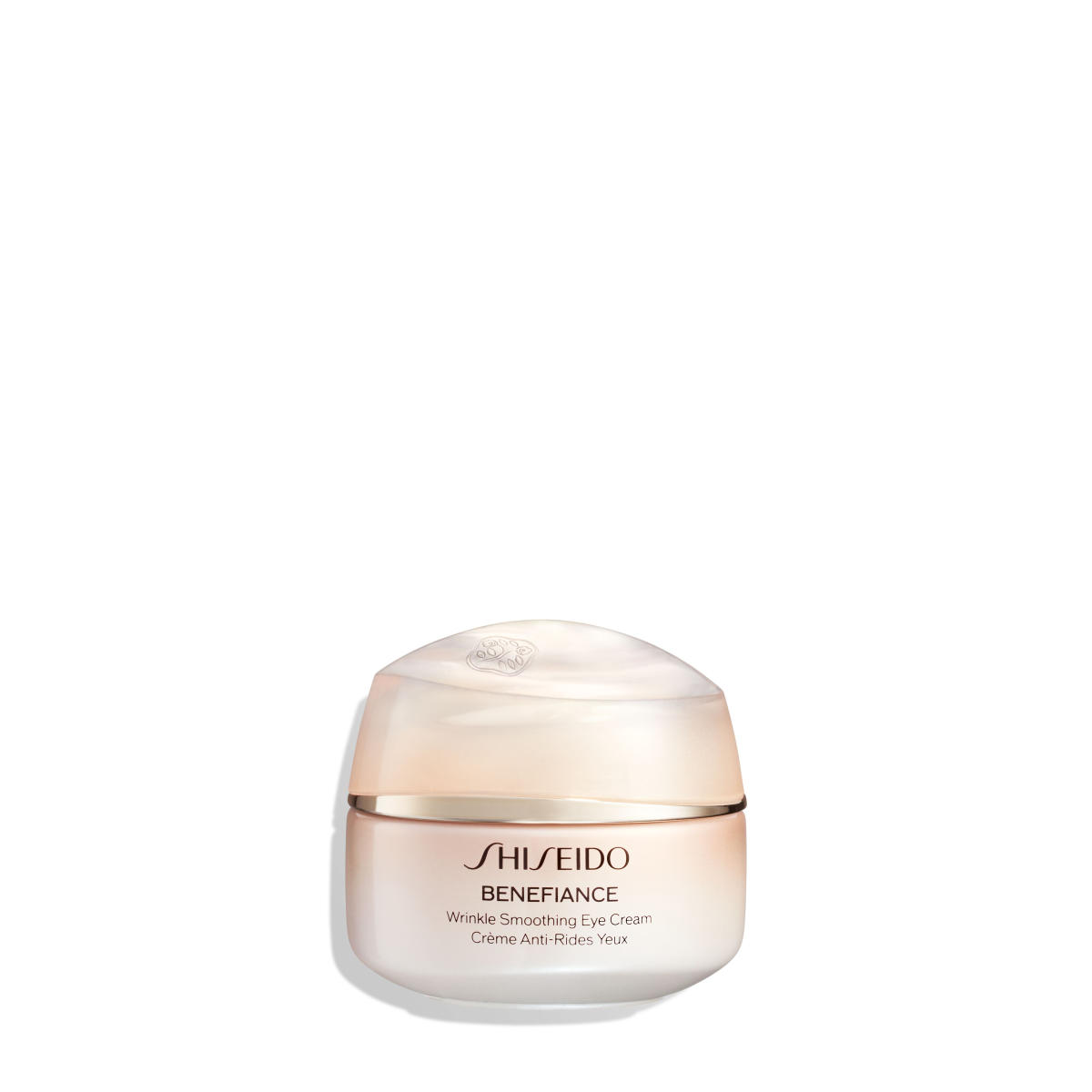How to Work with Micro-Influencers » Succeed As Your Own Boss

Table of Contents
 Eighty percent of marketers say influencer marketing is effective, and 89 percent say it works just as well (if not better) than other marketing channels. Seventy-one percent of marketers say the quality of customers and traffic from influencer marketing is better than other sources.
Eighty percent of marketers say influencer marketing is effective, and 89 percent say it works just as well (if not better) than other marketing channels. Seventy-one percent of marketers say the quality of customers and traffic from influencer marketing is better than other sources.
This post is part one of a two-part series on how to work with micro-influencers.
What Is a Micro-Influencer?
A micro-influencer is someone with a following of around 1,000 to 100,000 people on a social media platform. Many have their own blogs too.
Micro-influencers are focused on producing content regularly for a targeted niche audience, which is why they tend to have such high engagement with their audience. Because their follower numbers are smaller, it’s much easier for them to drive action with their audience.
In the world of influencer marketing, there are all kinds of influencers. And there are different influencers for different social media platforms. For example, I am a top small business influencer. I have a huge following on my blog, Twitter, Facebook, and LinkedIn. These days, smaller influencers with a very engaged audience or email list are just as valuable as celebrity influencers getting paid thousands per tweet, YouTube mention, or reel on Instagram. If done well, leveraging a micro-influencer is one of the best ways to grow your audience and brand.
Why Work with Micro-Influencers?
Influencers are now in high demand. All kinds of brands are courting them to become advocates and ambassadors for their products, which can be pricey. You can work with micro-influencers as a small business to build your young brand.
Celebrities and top-tier influencers with huge audiences are difficult to reach and afford, but micro-influencers are a real option. They have smaller niche audiences and tend to be approachable and affordable. They also often have a much higher engagement with their audiences than their celebrity counterparts.
Authority and trust sway consumer buying and purchasing decisions, and often, micro-influencers have nurtured personal relationships with their core audience members and blog readers. Many also have significant email lists and private FB groups that provide value to their audience.
Rather than spending your time building followers, partnering with someone who is already a trusted resource with your target audience can be a win/win, especially with a new product launch. It will also save time in this hyper-competitive online selling environment. If a popular influencer recommends your product, you can blow up overnight.
One of the best reasons to work with micro-influencers is that they are far more affordable than celebrities and top-tier influencers, such as best-selling authors, reality stars, and business leaders. You can often offer them free samples to use and give to their fans, and they can develop content highlighting your product.
Check out this article for more on the benefits of working with influencers.
Tips for Working with Micro-Influencers
If you want to work with micro-influencers, keep these tips in mind.
Look for Quality Content
Quality content and integrity are paramount. Is the influencer someone you want to be associated with your brand? Do they produce content you want your company to be associated with? For example, if you’re a brand focused on millennial women, look to see if the micro-influencers share political views or engage in inappropriate behavior.
Focus on Engagement
The more a micro-influencer engages with their audience, the more influential they are with them. If their posting frequency is good, they are more likely to be considered credible, relevant, and aware of their audience’s needs and concerns. Not only should they produce the kind of content you want to be associated with your brand, but they should get good engagement with their followers. People can pay for followers, so engagement is far more important than reach.
Hire a Micro-Influencer that Fits Your Brand
Do you share the same values as your potential influencers? For example, if you find a micro-influencer that’s a huge DIY pastry chef, but you sell a sneaker product that encourages a healthy lifestyle, they’re probably not the right influencer for you.
How to Work with Micro-Influencers?
Small business owners who want to work with micro-influencers can follow this simple 6-step plan.
Step 1
Start with who you follow online. Looking at who has your attention is a good way to find someone with a significant following to promote your brand.
Step 2
Sift through your social media accounts and your blog. Check and see who’s commenting and sharing your content. Sometimes these people are micro-influencers. If a micro-influencer engages with your brand, they are likely already predisposed to your brand and familiar with your products, which will save time trying to persuade them to work with you.
Step 3
Search hashtags for topics relevant to your brand and products. Type your hashtags into the Instagram or Twitter search bar, and a range of search results will pop up. Let’s say, for example, your business is in the beauty space. Research the top three hashtags for this area, then type those hashtags into the search bar.
Step 4
Develop criteria to evaluate the influencers you want to consider. For example:
- How big is their social media reach per platform?
- What is their best platform?
- What type of content do they specialize in?
- How often do they post content?
- Do they have a blog? What is their engagement rate?
- Do they have an email list? What is the open rate?
- Do they currently have any other brand deals?
- How much would you ask for four social posts? (FB, IG stories, a Reel, TikTok?)
Step 5
Use influencer databases. Some are free, simple, and easy to use. They also provide the bonus of statistical data on the influencers too.
For example, IZEA is an easy-to-use platform that enables you to find micro-influencers quickly. You can also filter them based on category.
The platform Insense focuses on Instagram influencers and offers stats on audience size, the social platforms the influencers use, the approximate cost to have them create content for you, and the topics they post about.
Another platform to try is Tinysponsor. This tool focuses on micro-influencers and enables businesses to find and collaborate regardless of location or social platform. You can even pay the influencers through it. Tinysponsor allows you to search ready-made packages, influencer by influencer or in bulk, by platform, price, and even city (so you can get local).
Any of these methods and tools are sufficient to find micro-influencers relevant to your business quickly.
Step 6
Once you weigh relevance, engagement, and content styles, the final step is to narrow it down to a list of micro-influencers you want to approach. For how to approach them, stay tuned for part 2 of this series.
Keep in Mind When You Work with Micro-Influencers…
Influencer marketing is one of the most effective forms of promotion to quickly gain traction with your ideal consumers. Since it’s very affordable, most small businesses can leverage this strategy. But remember that it’s not about the size of the audience. What is important is the rate of engagement.
Even influencers with very small audiences can help you boost your brand’s authenticity and awareness if their audience responds to them. By connecting with an already targeted and motivated audience, your message or product will resonate, and you can build customers for life.
The hardest part is getting started, but once you do, you’ll be able to find and work with micro-influencers anytime.
In step 5 above, we left off with creating a list of potential micro-influencers you’d like to approach. So stay tuned for part 2 of this series, where we’ll discuss how to approach influencers once you have a list.












